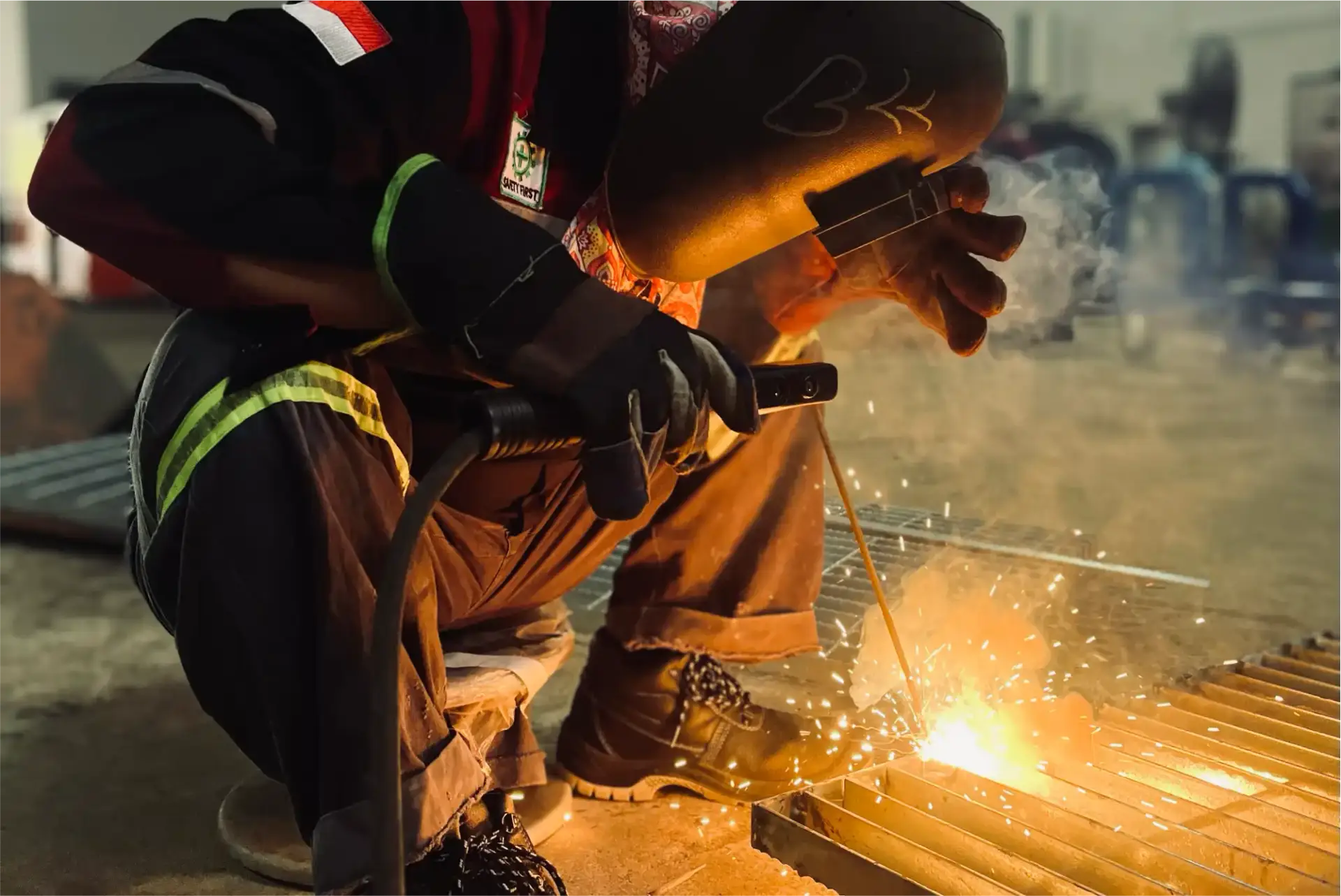Hydrotesting in Oil and Gas: Securing Safety and Efficiency
Pipelines are the backbone of oil and gas operations, transporting critical resources over long distances. However, ensuring their structural integrity is essential to prevent catastrophic failures. Hydrotesting, or hydrostatic testing, plays a key role in this process, providing a robust method to test pipelines under extreme conditions.
This article dives into the detailed workings of hydrotesting, its advantages, and how it aligns with international safety standards to secure operational success in the oil and gas industry.
What is Hydrotesting?
Hydrotesting is a pressure testing method that uses water to assess the strength and integrity of pipelines or tanks. It involves filling the system with water, pressurizing it beyond normal operating levels, and monitoring for leaks or weaknesses.
Key Objectives:
- Detect Leaks: Identify flaws that may compromise the system.
- Ensure Durability: Confirm the pipeline’s ability to withstand high pressure.
- Compliance Assurance: Meet international safety and operational standards like ASME B31.3 and API 570.
The Hydrotesting Process
Preparation:
- Clear pipelines of debris and ensure they are free of hazardous materials.
- Seal off sections to isolate the area under test.
Filling with Water:
- Fill the pipeline or tank with water to eliminate air pockets.
- Water is used for safety, as it is non-compressible and minimizes risk.
Pressurization:
- Gradually increase pressure to 1.25–1.5 times the operating level.
- Hold the pressure for a specified period to observe stability.
Monitoring:
- Use advanced sensors and gauges to detect pressure drops or leaks.
Analysis & Reporting:
- Document results to confirm compliance with industry regulations.
Why is Hydrotesting Crucial for Oil and Gas?
Safety Assurance:
Detects potential failures that could lead to accidents or environmental hazards.Regulatory Compliance:
Many safety standards mandate hydrotesting to certify systems for operation.Cost Efficiency:
Identifies and fixes issues early, preventing costly downtimes or repairs.Improved System Reliability:
Ensures pipelines can handle the pressures of real-world operations.
Challenges of Hydrotesting
While hydrotesting is a proven method, it comes with challenges:
- Water Management: Large volumes of water are required and must be disposed of responsibly.
- Time-Consuming: Testing complex systems may take significant time.
- Environmental Concerns: Proper treatment of used water is essential to minimize environmental impact.
Hydrotesting vs Pneumatic Testing
Unlike pneumatic testing, which uses gases like air or nitrogen, hydrotesting is safer. Because water is incompressible, it reduces the risk of explosions in case of failure, making it the preferred method for high-pressure systems.
Why Choose PT RIFARIZ BATAM for Hydrotesting?
At PT RIFARIZ BATAM, we bring expertise, advanced technology, and a commitment to safety:
- Certified technicians with years of industry experience.
- State-of-the-art equipment for accurate and reliable testing.
- Full compliance with international standards, ensuring peace of mind for every project.
📞 Contact us today to secure the integrity of your pipelines and protect your operations!
Conclusion
Hydrotesting is an indispensable tool for ensuring pipeline integrity in the oil and gas sector. By adhering to strict standards and leveraging advanced testing techniques, businesses can enhance operational safety, efficiency, and reliability.







Very good
Heya this is somewhat of off topic but I was wondering if blogs use WYSIWYG editors or if you have to manually code with HTML. I’m starting a blog soon but have no coding expertise so I wanted to get advice from someone with experience. Any help would be greatly appreciated!